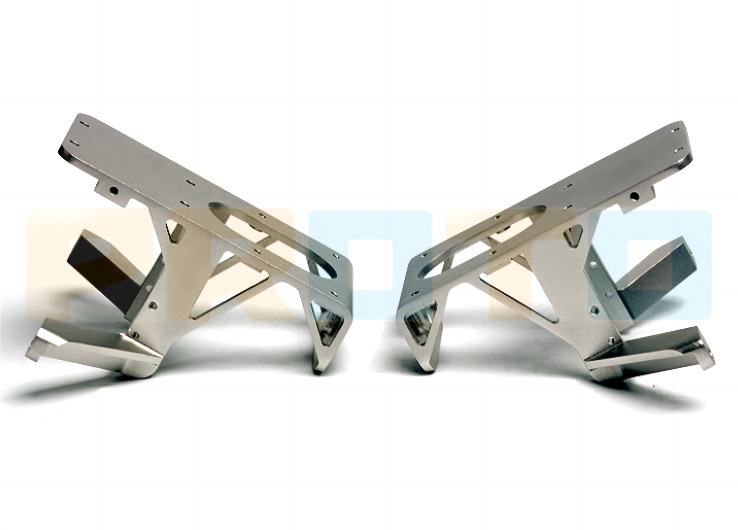In today’s fast-paced world of design and manufacturing, sheet metal prototyping has emerged as a powerful tool for creating innovative products. This article delves into the world of sheet metal and its importance in the product development process.
Sheet metal involves using thin, flat sheets of metal to create prototypes of products before mass production. This process allows designers and manufacturers to test their ideas and designs in a cost-effective and efficient manner. The benefits of using sheet metal in prototyping are vast, including its durability, strength, and versatility.
To bring their ideas to life, designers and manufacturers require essential tools such as laser cutters, bending machines, and welding equipment. Additionally, there are different types of sheet metal materials available, including stainless steel, aluminum, and copper, each with its own unique properties and applications.
Laser cutting is a popular technique used in sheet metal , allowing for precise and intricate shapes to be cut out of metal sheets. Bending and forming techniques are essential for creating curved and angled shapes, while welding and joining techniques are used to assemble multiple metal parts together.
When designing for sheet metal , it is crucial to consider manufacturability, tolerance, and fit. Designing parts that are easy to manufacture and assemble can help reduce costs and improve overall product quality. Cost-effective design strategies such as minimizing waste and optimizing material usage are also important considerations.

Prototyping has been widely utilized in various industries, including the automotive, aerospace, and consumer electronics sectors.
One of the key advantages of sheet metal is its faster turnaround times, allowing designers and manufacturers to quickly iterate and refine their designs. Additionally, prototyping can result in cost savings by reducing material waste and optimizing production processes. Moreover, sheet metal prototypes often exhibit improved product quality, with high levels of precision and durability.
Despite its many benefits, sheet metal also poses certain challenges and limitations. Design complexity can be a major hurdle, requiring careful consideration of geometry and material properties. Material constraints may limit the types of designs that can be produced using sheet metal. Furthermore, post-processing requirements such as finishing and coating may add additional time and cost to the prototyping process.
Recent innovations in sheet metal prototyping include the use of 3D printing technology to create complex metal parts with intricate geometries. Digital fabrication technologies such as CNC machining and waterjet cutting have also revolutionized the way sheet metal prototypes are produced. Automated manufacturing processes have further streamlined the prototyping process, reducing human error and increasing efficiency.
As the world becomes more focused on sustainability, sheet metal prototyping offers opportunities for sustainable design practices. Recycling and waste reduction initiatives can help minimize the environmental impact of sheet metal prototyping, ensuring that resources are used efficiently and responsibly.
Looking ahead, the future of sheet metal is exciting and full of potential. The integration of artificial intelligence into the prototyping process can help optimize designs and improve manufacturing efficiency. Advancements in material science are opening up new possibilities for creating lightweight and durable sheet metal prototypes. Customization and personalization trends are also shaping the future of prototyping, allowing for unique and tailored products to be created.
In conclusion, prototyping is a powerful tool that can transform the way products are designed and manufactured. By embracing this innovative technology, designers and manufacturers can benefit from faster turnaround times, cost savings, and improved product quality. It is time to take advantage of the opportunities presented by prototyping and revolutionize the way we create and innovate.